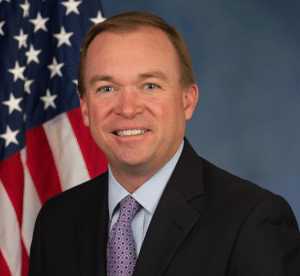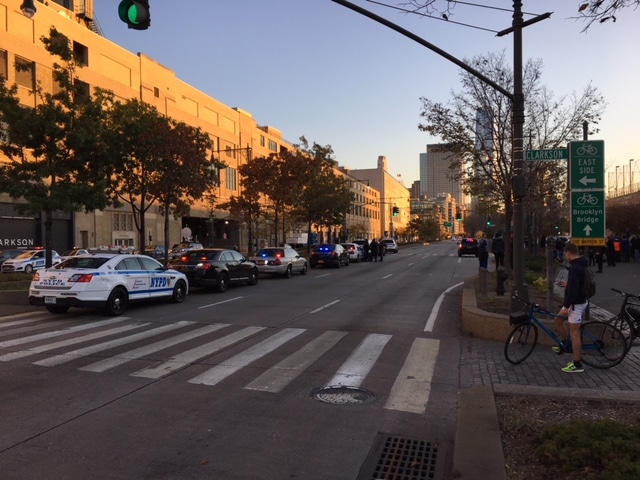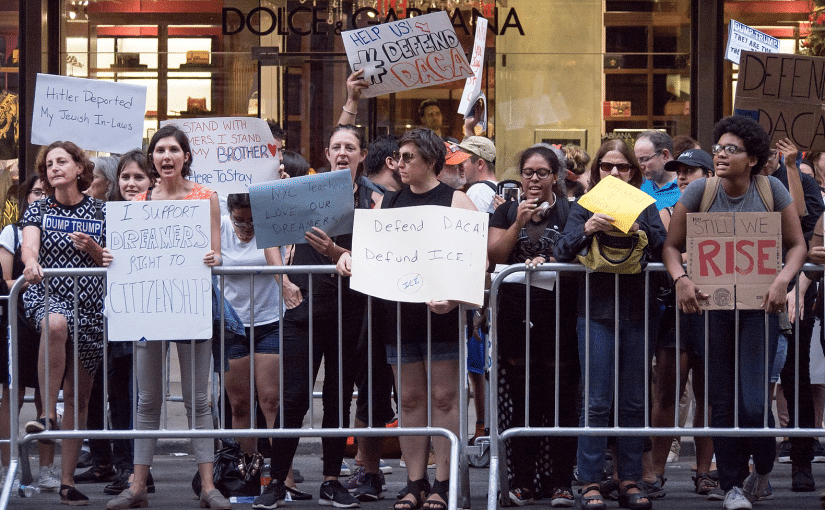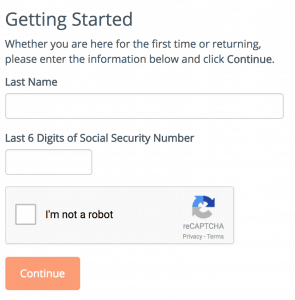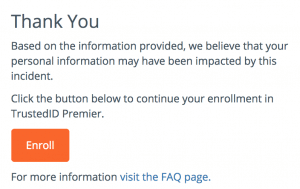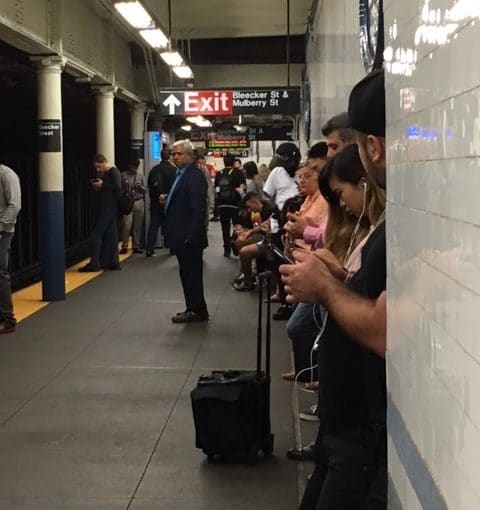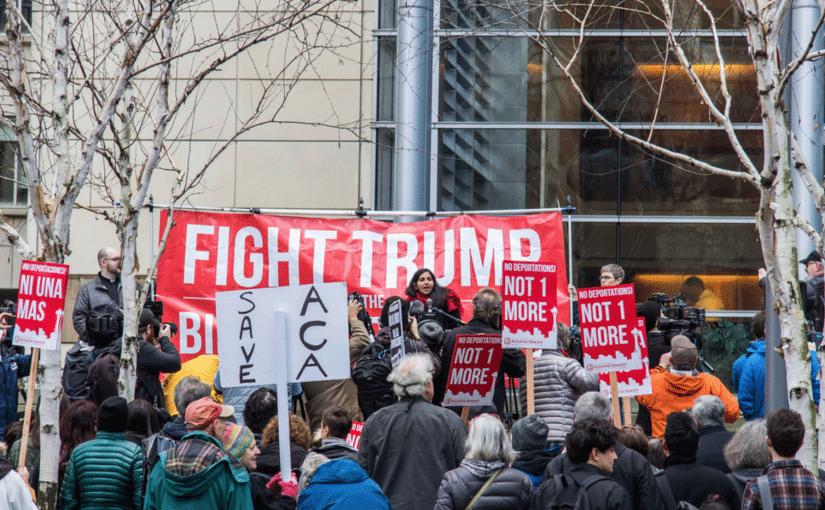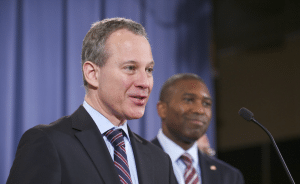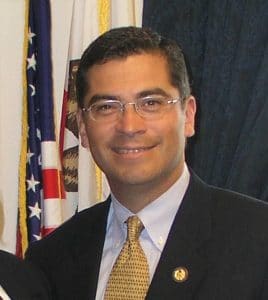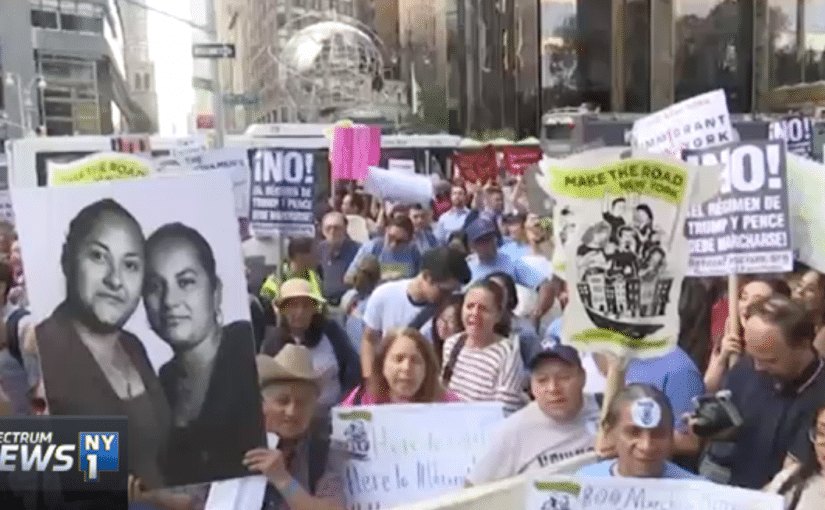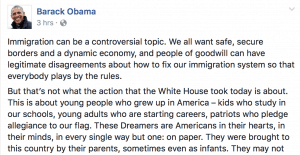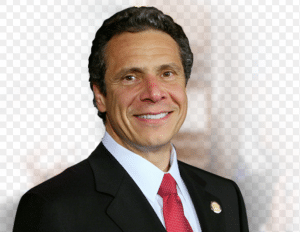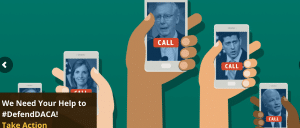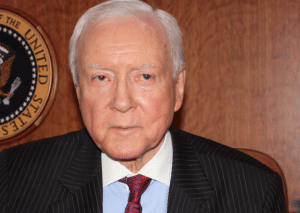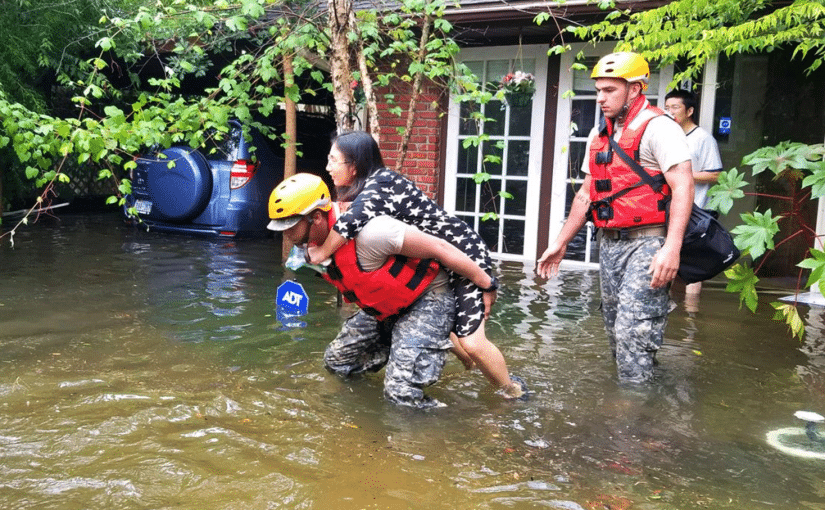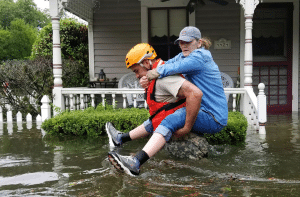by Philip Raclyn, DVM
Maybe you’re thinking, “I can’t wait to see their expression when they see this adorable little puppy under the tree…” And it’s true: a puppy is bound to bring a smile to your child or loved one’s face. But as appealing as the idea may be, here are three important reasons why you should resist the impulse to give someone a puppy as a surprise holiday gift.
You’re Making an “Arranged Marriage”
You may have researched the breed, and think you know the kind of dog your child, spouse, or friend will enjoy, but all dogs, whether purebred or mutt, have individual personalities, quirks, and needs. You’re taking a big risk by choosing a “best friend” for someone else.
And while it’s hard to resist almost any puppy, not all adoptable pups are healthy, even-tempered, or properly socialized around people. It’s often hard to tell, particularly with shelter animals, if the puppy has physical or emotional issues that its new owner won’t be prepared for, or a temperament that doesn’t suit them.

You’re Making a Commitment for Someone Else
Adopting an animal is a huge commitment and caring for animals is an enormous responsibility. By “gifting” a pet, you are making that choice for someone else.
You are committing someone to both the time and the expense of caring for a pet. If it’s for your child, are you sure your child will be willing to walk and care for the pet? Or would they actually be happier with a toy puppy for the time being?
And if you’re gifting a puppy to a friend or a parent, are you sure they have the time and the financial ability to provide proper care for the dog and pay for food, training, vet visits, pet sitters, equipment, and dental care?
Animal shelters are filled beyond capacity with homeless animals, many of which were former “pets”—all because a child lost interest and no one else stepped in or because an adult owner discovered that they were unable to continue to care for their new dog.
You May Support Inhumane Puppy Mills
A shocking percentage of the puppies in both pet stores and shelters come from unscrupulous breeders who force dogs to continually breed in cramped, inhumane conditions.
This overbreeding and inbreeding produces puppies that are unhealthy, genetically flawed, and poorly socialized.
By purchasing one of their carelessly bred pups, or agreeing to adopt one of their rejects from a shelter, you are allowing unethical puppy mills and unlicensed breeders to continue to thrive.
What’s A Safe – and Ethical – Way to Gift a Puppy?
A life-long companion shouldn’t be a spur-of-the-moment decision, nor should it be a “blind date.”
The very best way to gift a “best friend” is to let your loved one choose their own puppy by visiting or calling a responsible, certified breeder who can tell you about the personalities and temperaments of the individual puppies he or she has carefully bred. And who can guarantee that the puppies are healthy and properly socialized. That’s why we’ve created The Puppy Project: to create a way to find responsible, humane, and expert breeders who are certified by The Veterinary Council for Breed Stewardship.
Or, if you want to gift a shelter puppy, make sure it’s from a good facility that lets folks not only spend time playing with the potential pet, but also – like the Humane Society – provide new pet adopters with 30 days to test the relationship.
If you think a new puppy is exactly what will bring a giant smile to someone special this holiday season, and that they are ready for the responsibility, by all means offer to make it happen.
A great way to do that is to find a wonderful dog toy or adorable dog sweater and put that under the tree with a gift certificate for a great breeder or well-run shelter. That way you can offer to help them choose the puppy that they want, one that will put a smile on their face, and the puppy’s, way longer than just the holiday season.
*This post first appeared on LinkedIn



